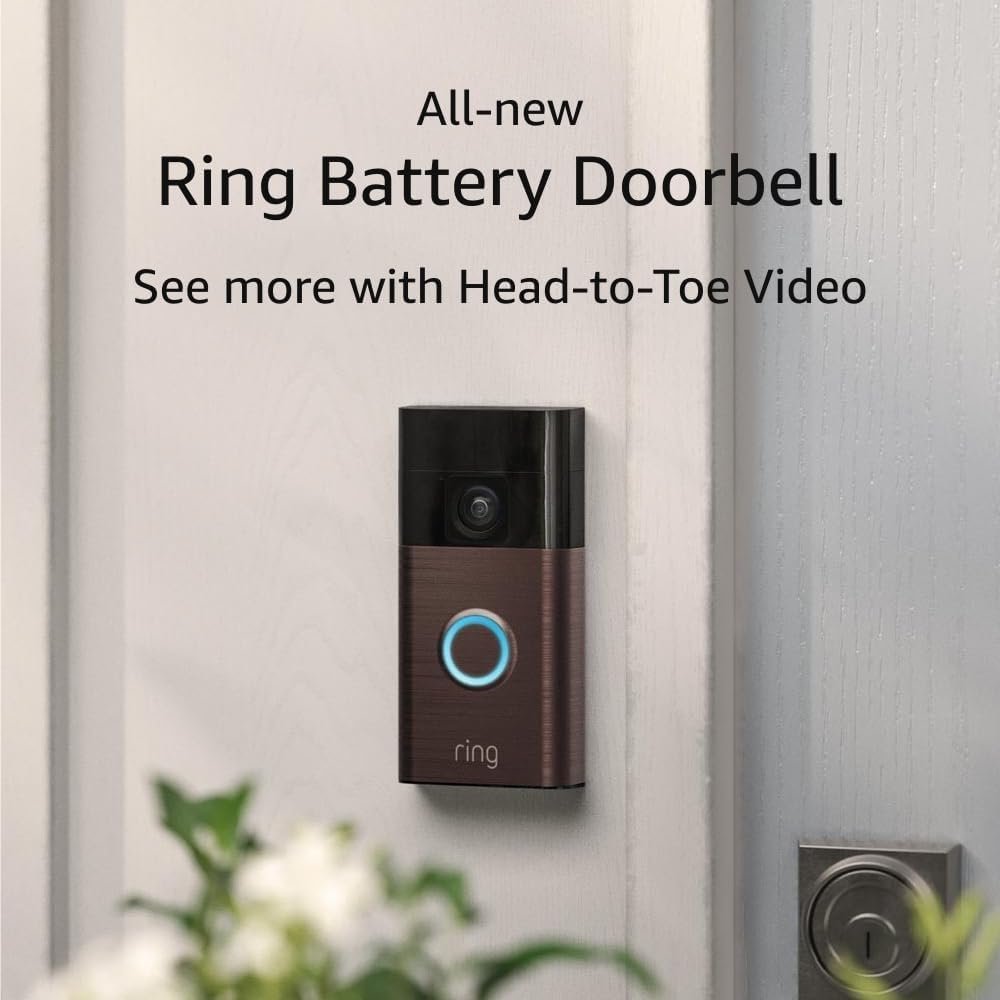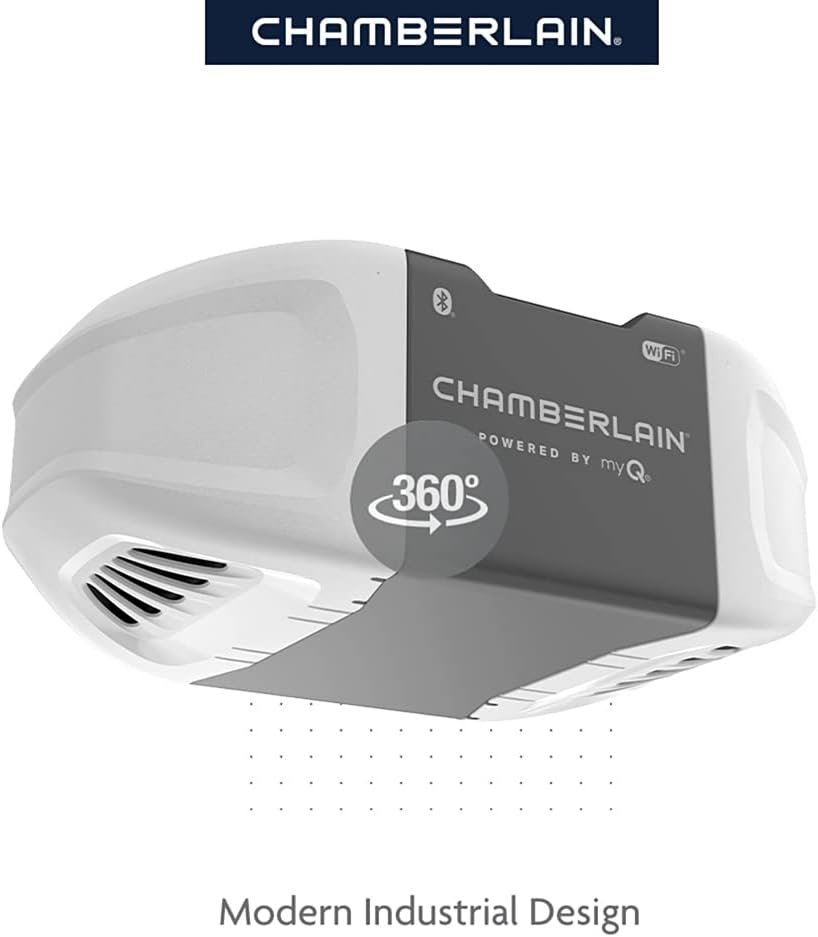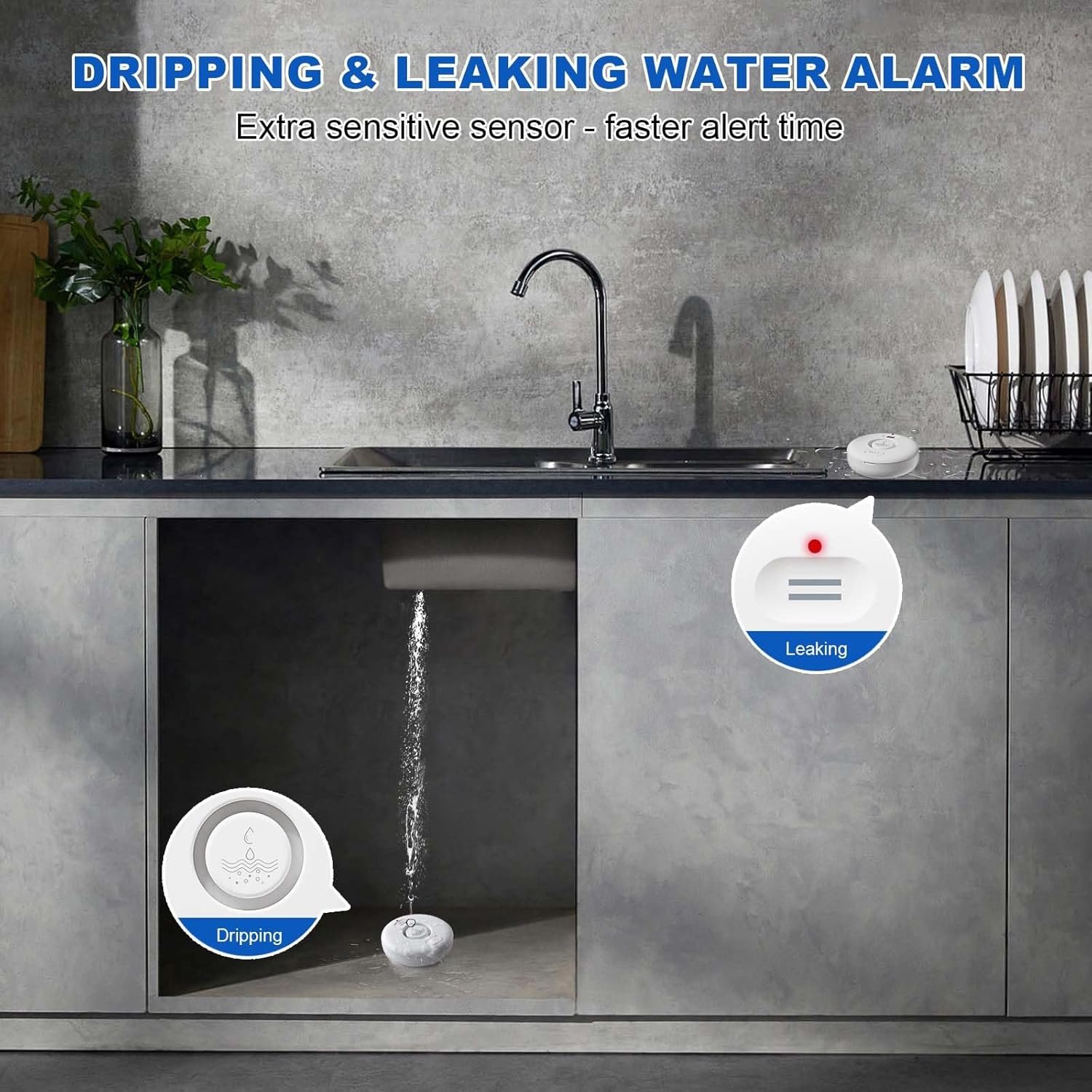Have you ever wondered if a robot vacuum would make your life easier? Whether you’re a homeowner, renter, or just someone who loves the idea of automating chores, a robot vacuum might be just what you’re looking for. These devices have become increasingly popular due to their convenience and smart technology. But before you make that purchase, there’s a lot you’ll want to know to ensure you choose the right one for your needs.
Understanding Robot Vacuums
What Exactly Is a Robot Vacuum?
A robot vacuum is a small, automated vacuum cleaner designed to move around your home with minimal human intervention. Equipped with sensors, these vacuums can navigate floors, avoid obstacles, and clean efficiently. They are battery-powered and often come with a docking station for recharging.
How Do Robot Vacuums Work?
Robot vacuums use sensors, motors, and a series of algorithms to map your home and clean your floors. They can detect obstacles and navigate around them, ensuring a safe and thorough cleaning. Some models even come with advanced features like room mapping and the ability to connect to your smart home devices.
Key Features to Consider
Battery Life and Charging
Battery life is crucial when choosing a robot vacuum. You’ll want a model that can clean your entire home on a single charge. Most standard models offer between 60 to 120 minutes of cleaning time per charge. Opt for a model with a battery life that suits the size of your home. Also, consider whether the robot vacuum automatically returns to its docking station to recharge.
Suction Power and Cleaning Performance
Suction power determines how well a vacuum can pick up debris, from fine dust to larger particles. Some robot vacuums are better suited for handling pet hair and allergens. If you have pets or allergies, look for a vacuum with enhanced suction capabilities and HEPA filters to trap allergens.
Navigation and Mapping
Advanced navigation and mapping systems can significantly enhance cleaning efficiency. High-end models use LIDAR or cameras to create a digital map of your home, allowing for more systematic cleaning patterns. This feature can be especially useful in larger homes or spaces with complex layouts.
Smart Features and Connectivity
Many robot vacuums now come with smart features such as integration with voice assistants like Alexa or Google Assistant. App control allows you to start, stop, or schedule cleaning remotely. If you’re a tech enthusiast, these features might be particularly appealing to you.
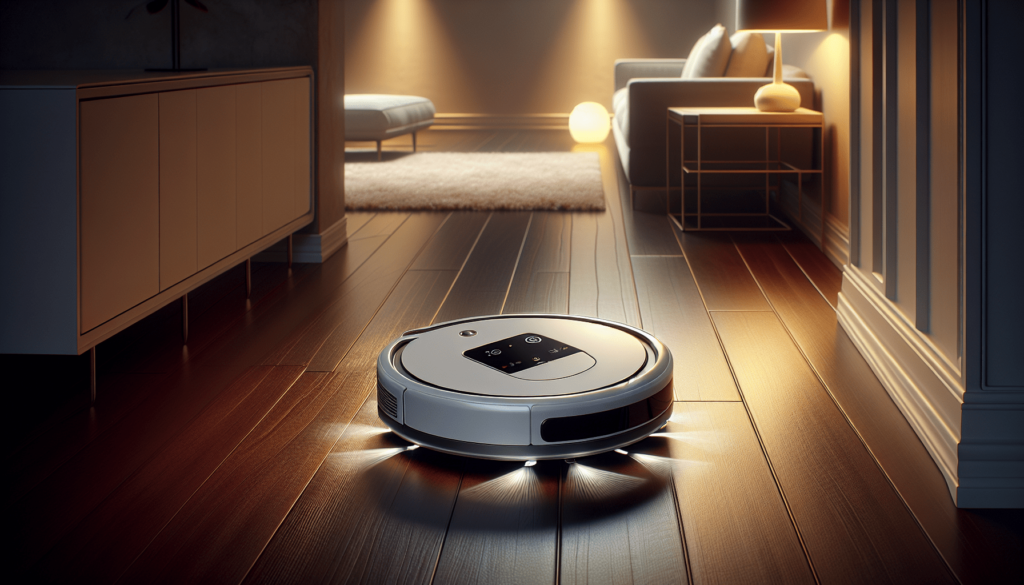
Price and Budget Considerations
Are Expensive Models Worth It?
Robot vacuums range in price from under $200 to over $1,000. Higher-end models often come with advanced features like superior navigation, increased suction power, and better battery life. However, depending on your needs, a more affordable model might suffice. Consider what features are most important to you and how much you’re willing to spend.
Cost of Maintenance
In addition to the purchase price, factor in the cost of maintenance. This includes replacing filters, brush rolls, and batteries. Some brands also offer extended warranty plans, which might be worth considering for expensive models.
Robot Vacuum and Floor Types
Are Robot Vacuums Ideal for All Floor Types?
Robot vacuums can handle a variety of floor types, including hardwood, tile, and low-pile carpets. However, if you have a high-pile carpet or rugs with long fibers, you might find that not all models can clean them effectively. Check the specifications for floor compatibility before purchasing.
Carpet and Hard Floor Settings
Some models offer adjustable settings for different floor types. For example, they may have a ‘carpet boost’ mode that increases suction when on carpets. This can be handy for ensuring all surfaces are thoroughly cleaned.
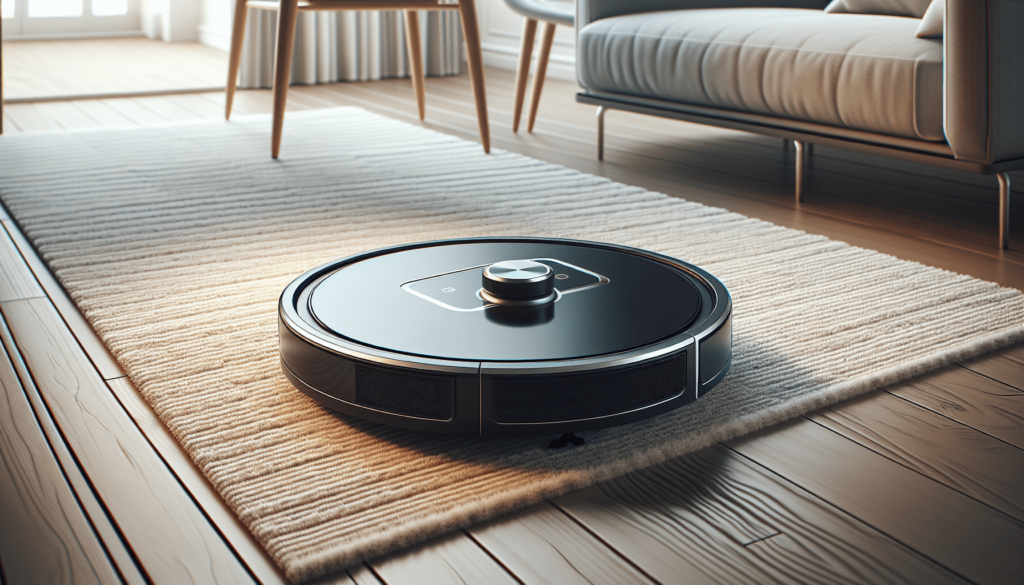
Pet Owners and Robot Vacuums
How Well Do Robot Vacuums Handle Pet Hair?
If you’re a pet owner, controlling pet hair is likely one of your top concerns. Look for models designed with pet hair in mind. They often have tangle-free brushes and powerful suction specifically for dealing with fur.
Noise Levels and Pet-Friendly Features
Some pets might be frightened by the sound or movement of a robot vacuum. Consider models that operate quietly or come with pet-friendly features to minimize stress for your furry friends.
Allergies and Dust Management
Do Robot Vacuums Help with Allergies?
Robot vacuums with HEPA filters can trap dust and allergens, making them a good choice for individuals with allergies. These filters capture tiny particles that regular filters might miss, reducing allergens in the air.
Regular Maintenance for Allergy Sufferers
If you suffer from allergies, ensure you regularly clean and replace filters. Additionally, keeping the brush rolls and dustbins clean will enhance the robot vacuum’s performance in trapping allergens.
Elderly and Mobility-Limited Individuals
Is a Robot Vacuum a Good Option for Seniors?
For seniors or those with mobility issues, robot vacuums offer a convenient solution for maintaining a tidy home without the physical exertion required by traditional vacuums. Their automated nature allows for hands-off cleaning.
User-Friendly Models
Look for models that are simple to set up and use, possibly controlled using a straightforward app or even physical remote controls for tech-averse seniors.
Troubleshooting and Maintenance Tips
Common Issues and Solutions
Occasionally, even the best robot vacuums face issues such as getting stuck, missing spots, or connectivity problems. Checking the product’s FAQ or support page can provide quick solutions. Regularly updating your vacuum’s firmware can also resolve many technical glitches.
Tips for Longevity
To ensure your robot vacuum has a long life, perform routine maintenance such as cleaning the sensors and brush rolls. Empty the dustbin after each use and regularly check for blockages.
Comparing Brands and Models
Well-Known Brands and Their Features
When it comes to robot vacuums, some of the most recognized brands include iRobot, Roborock, and Eufy. Each offers different models catering to various needs and budgets. iRobot’s Roomba series, for example, is celebrated for its reliability and performance, whereas Roborock models are known for innovative features.
Brand-Specific Considerations
Researching each brand will help you understand their specialties. For instance, if app connectivity and smart features are high on your wish list, identify which brands excel in these areas.
Debunking Common Misconceptions
Are Robot Vacuums a Complete Replacement?
While robot vacuums significantly reduce the frequency of manual cleaning, they aren’t always a 100% replacement for traditional vacuums, especially when it comes to deep cleaning needs. They complement your cleaning routine but may not entirely replace it.
Won’t Clean Well in Cluttered Homes
Another misconception is that robot vacuums can’t handle clutter. While it’s true they work best in relatively open spaces, newer models with advanced navigation can efficiently clean homes with furniture and obstacles.
Final Thoughts
Buying a robot vacuum is a step toward automating and simplifying your home cleaning regimen. By understanding your needs, comparing features, and considering your budget, you can find a model that integrates seamlessly into your lifestyle. Remember, it’s not just about choosing a vacuum; it’s about enhancing your home’s cleaning capabilities in a way that’s effortless and smart. With the right information at your fingertips, you’re well on your way to making an informed decision.

